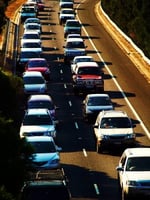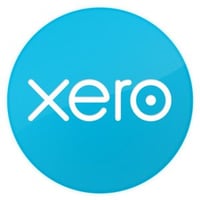Does your website have enough traffic to be effective as a lead generator for your business?
David Jones Just Doesn't Get It
David Jones recently announced in its Future Strategic Direction statement that it is going to become an Omni Channel Retailer modelled on international department store best practice.
Basically it is going to be both an online and offline business.
Looking deeper into the statement, they are going to build a bigger website with more products and integrated marketing. This system would be integrated with their marketing and fulfilment departments.
But they just don't get it.
The problem with a massive 'we have everything' site is that the marketing messages and the calls to action become so mixed.
The message to young teens might be "Join Us on Facebook" but their Grandparents message would be 'Return your goods at any store'.
The massive site ends up having so many competing calls to action and messages that it becomes impossible for people to navigate and they leave.
David Jones have a massive advantage over most new online only stores in that they have:
- Massive database of demographics and buying patterns from their store card system and maybe from their cash register system.
- Already have a product range of at least 90,000 and the inventory management resources to match.
- The marketing resources in terms of photographers, models, advertising, set design etc.
A very easy solution for David Jones would be to build 10 or 20 different sites each targeting different markets, with different marketing strategies and ideas. They could still have the main site for people who liked the safety of dealing with David Jones but the other sites don't even have to mention that they are part of the David Jones group.
They could have one central customer and marketing database, one central web platform and many different websites running from that same platform.
Each website with a different theme or skin:
- Kids
- Teens Girls
- Teen Boys
- Young Adult Males
- Young Adult Females
- Business Men
- Business Women
- Mums
- Dads
- Grandparents
The additional cost of adding an additional store would be minimal, there would be additional marketing costs but each site could be specially targeted at a niche group. The marketing would be specifically targeted exactly at that niches hopes, fears and dreams.
The problem with a massive 'we have everything' site is that the marketing messages and the calls to action become so mixed.
The message to young teens might be "Join Us on Facebook" but their Grandparents message would be 'Return your goods at any store'.
The massive site ends up having so many competing calls to action and messages that it becomes impossible for people to navigate and they leave.



